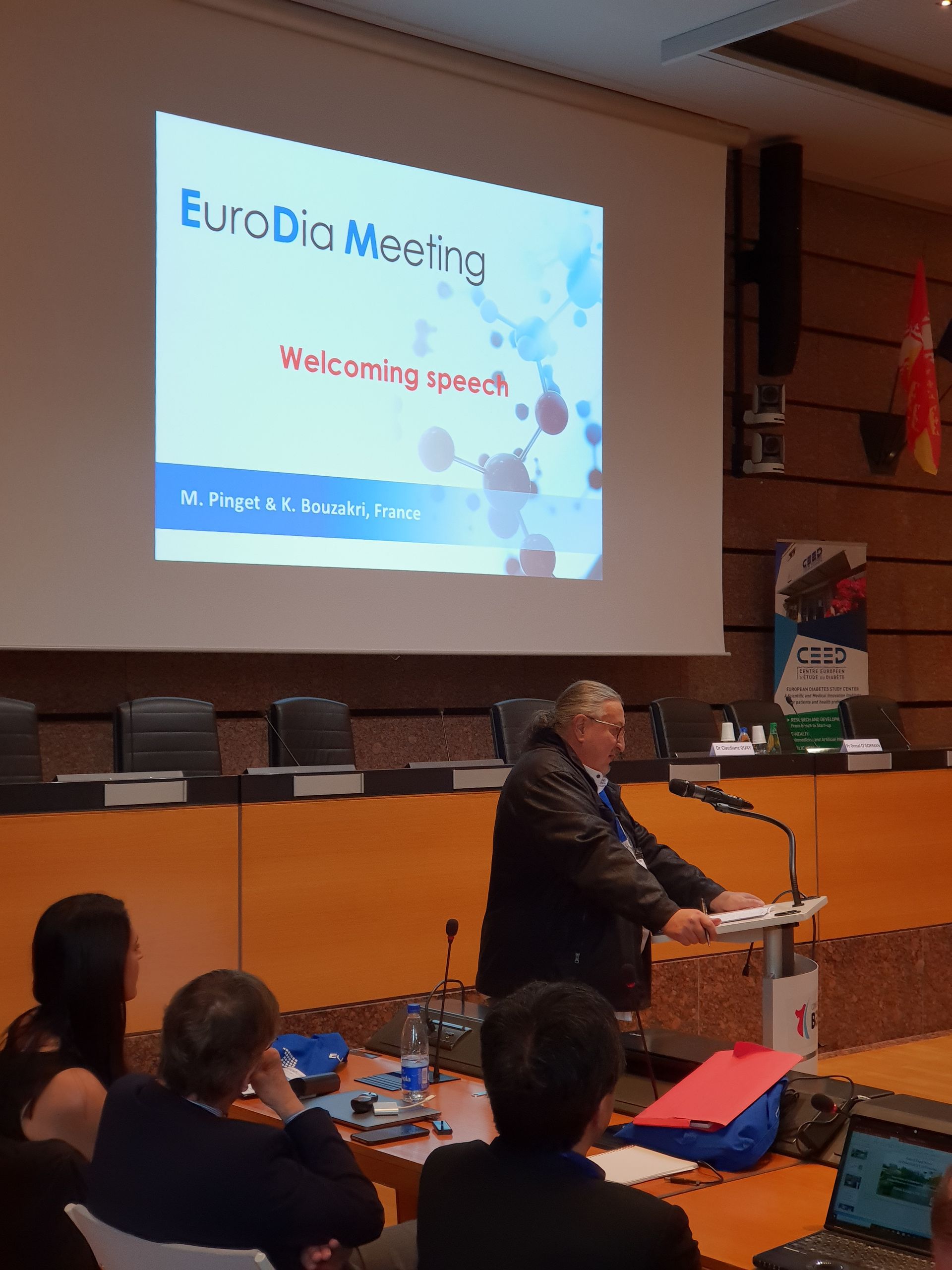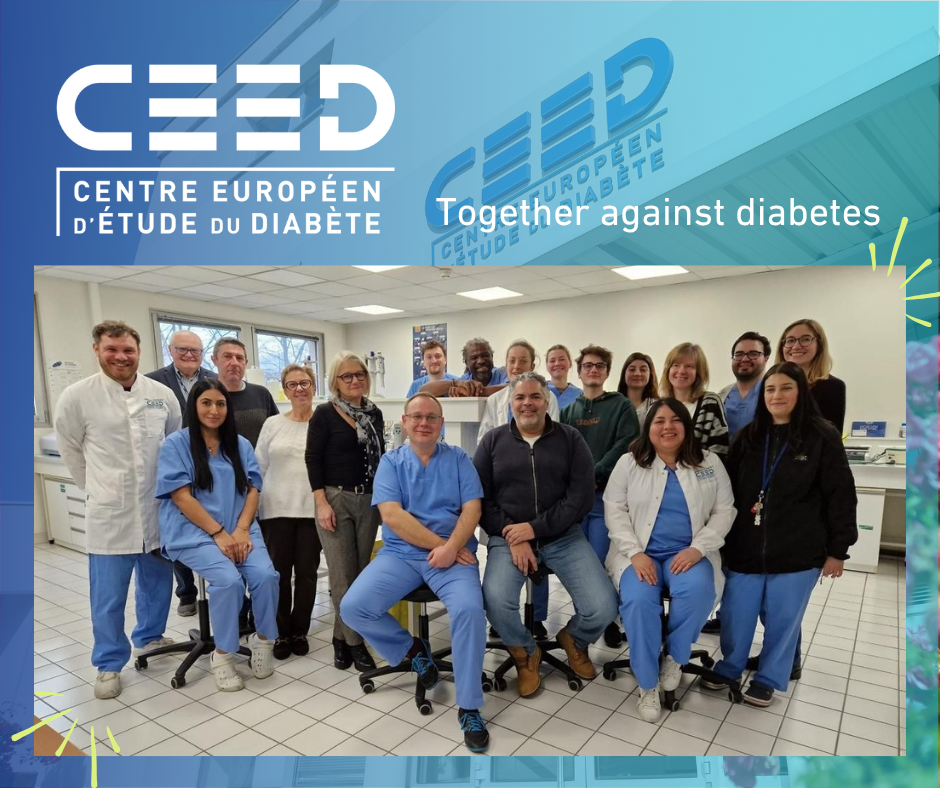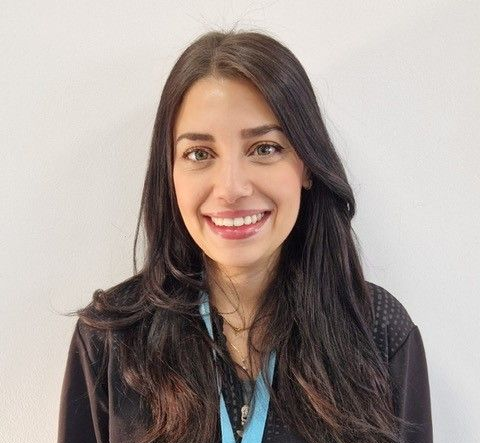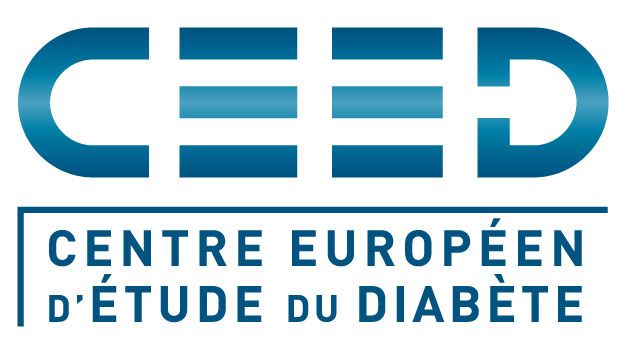Eurodia Meeting 2019 - Review on the third edition of our scientific and medical congress
November 21-22, 2019
Call for abstracts
This year again, CeeD launched a call for abstracts to favour the promotion of original research work (unpublished) and the presentation of new talents.
Around 15 abstracts have been selected for a poster communication during Eurodia Meeting and two prices have been attributed to the best of them by the jury:
- Alexis Forterre for his work on “Use of targeted mRNA-loaded Extracellular Vesicles (EVs) for the specific delivery to cells and tissue”
- Laura Reininger for her work on “Insulin-resistance induced TNF-alpha in C2C12 increase the release of exosome-like vesicles which affect insulin of pancreatic beta-cells”
Synthesis on this third edition
Secretary: Dr Allan Langlois and Dr Alexis Forterre
“Pursuing the study of human physiology and physiopathology of diabetes to bring innovative therapeutics solutions”
is one of the numerous recommendations proposed by Pr Michel Pinget (professor emeritus of Strasbourg university and President of CeeD) during the third Eurodia Meeting co-organized by himself and Dr Karim Bouzakri (director of CeeD Research Laboratory). This congress was led the
21st and 22nd of November 2019 at the Hôtel du Département of Strasbourg.
It reunited around
200 participants from the scientific community (researchers) and the medical profession (doctors and clinicians)
coming from different regions of France, but also from Switzerland, Belgium, Italy, Sweden and Japan!
Diabetes is the first pandemic, which origin is not linked to pathogenic agents (bacterium, viruses…) but to the direct impact of Human!
Indeed, it is clearly proven that the environmental and societal factors play an important role in the apparition and development of the disease. One of its plagues is obesity.
To date, we count
more than 463 million of diabetics worldwide
(including 4.5 million in France) for
a cost of 715 milliards of dollars
(19 milliards for France). The projections are not encouraging: 1 milliard of diabetics for a health cost of 1000 milliards of dollars are scheduled for 2040 in the World. Due to this dramatic report, a fundamental question was asked to Pr Michel Pinget: “Can the unacceptable be avoided?”. That is around this question that was organized the all congress.
This question firstly highlighted that it is crucial to
rethink the whole health system and to favour an innovative and complementary form of inter-professional work in the future to ensure a better health management of the diabetic patient. This will need
the creation of new professions,
such as IPA (infirmières en pratique avancée for advanced practice nurses), of
new tools of prevention, diagnostic and screening such as telemedicine (ex: PeDi-DIAB for the follow-up of the diabetic foot held by Pr L. Kessler). This will enable the access, efficacy and quality of healthcare provided to the patients and to facilitate the exchange between the different care professions. Those innovative improvements will enable a better patients’ management and a better care organisation while relieving the work overload of doctors.
Secondly,
it is with the improvement of the knowledge of human physiology and of the physiopathology of diabetes that we will be able to propose new therapeutics solutions to patients
and so “avoid the unacceptable”.
Where do we stand today?
The well-established fact is that the common cause of all diabetes is the decrease in the number of functional insulin cells. It is, thus, required to protect the pancreatic islet or to replace it.
A fundamental discover from the last years is the existence of a crosstalk dialog between the different organs playing a major role in insulin secretion, in the protection of insulin cells and in the regulation of glycaemia.
These works directed by Dr K. Bouzakri (muscle/pancreas) and the Pr H. Katagiri (nervous system/ pancreas) insist on the important role of the different organs (muscle, pancreas, liver, brain…) in the regulation of insulin secretion. Other teams demonstrated the existence of secreted messengers by these organs, like the myokines (Dr K. Bouzakri) or also the secreted vesicles by the cells of the organism (exosomes by Pr R. Regazzi). Finally, Pr M. Kansaki completed these current knowledge with a presentation on the insulin secretion mechanisms.
In addition, the biomedical research on the physiopathology of diabetes have also increased significantly and help on the comprehension of the disease. Indeed, Dr M. Aouadi presented her work on
the implication of inflammatory cells in the liver, which favour the development of insulin resistance and of type-2 diabetes (T2D).
Those studies were completed by Pr M. Doffoel and Pr B. Staels on one of T2D complications,
NASH
(non-alcoholic steatohepatitis). This disease, maintained by insulin-resistance,
is responsible of cirrhosis that can lead to cancers apparition, but also to cardiovascular diseases.
Finally, Pr M. Buysschaert indicated that
the diabetic patient might be more prone to the development of parodontal diseases.
These diseases predispose to (pre-) diabetes and contribute to the chronic glycaemic imbalance.
What about the different therapeutic strategies currently proposed?
The medecines used to date do not directly target the insulin cells but all the organs involved in the glycaemic regulation (liver, intestine…) and the complications linked to diabetes (cardiovascular…).
This drugs panel should be enriched in a foreseeable future thanks to new discovery. Dr C. Caussy has highly insisted on the respect of hygiene-dietetic measures (a varied and balanced diet with regular physical activity) as a treatment for the diabetic patient.
Cellular therapy is also a used strategy (islets transplantation) to treat type-1 diabetes,
with an efficacy of around 10 years on the glycaemia regulation and the decrease of severe hypoglycaemia. However, this strategy’s issue is
the necessity to get 2 to 3 pancreas to treat only one patient. As highlighted by Dr T. Hubert, it is established that to solve this issue it is essential to have a pancreas from a donor of high quality, but also to improve the technics of collection, preservation of the organ as well as the preparation of islets before the transplantation. In this sense, it has been proposed the use of support matrices (Dr E. Maillard) or the use of physiological molecules secreted by the muscle (Dr K. Bouzakri and Pr M. Pinget). Furthermore, to overcome the difficulty to obtain pancreatic islets, it is also considered to replace the deficient insulin cells by stem cells or by a bioartificial pancreas such as Viacyte® (Pr L. Piemonti). Finally, Pr K. Furuyama proposed the reprogrammation of diverse cells in insulin cells to regenerate the deficient ones.
To conclude, the multidisciplinary of the actors involved daily in the fight against diabetes (researchers and doctors of international renown) will enable the development of tomorrow’s strategies for a better management and an efficient treatment of the diabetic patient.
